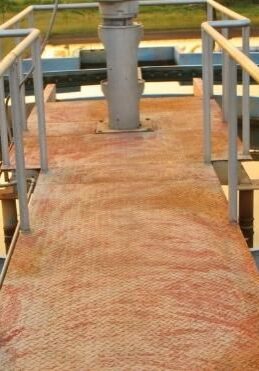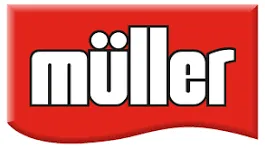Industrial wastewater treatment: a guide to the jargon

Industrial wastewater treatment can involve a lot of technical and industry language. Here is a guide to some of the terms that are used:

Industrial wastewater treatment can involve a lot of technical and industry language. Here is a guide to some of the terms that are used:
Absorption
The process by which one substance is physically taken into and included with another substance.
Adsorption
Removing a pollutant from wastewater by making it stick to the surface of a solid material, such as carbon.
Coagulation
A method of industrial wastewater treatment where chemical coagulants are used to produce larger waste solids which are easier to separate from water. Coagulants are categorized as organic or inorganic.
Dissolved air flotation
A type of wastewater treatment plant that uses dissolved air to float suspended solids from water. Typically used when the suspended solids have a lower density than water.
Dosing
The liquid and solid components of industrial wastewater need to be dosed with chemicals to ensure they are free of contaminants before they are reintroduced into the water system. There are different types of chemicals and systems used depending on what needs to be changed or controlled, such as pH control, nutrient feed requirements, and odor control.
Electrolysis
Metal anodes and cathodes are used to produce electrically active coagulants to remove metal pollutants from industrial wastewater.
Filtration systems
Industrial wastewater treatment plants that separate solids from liquids using either physical or mechanical methods.
Flocculation
A process that results in the gathering of fine particles to form larger particles that are heavier and more easily settled order to remove.
Heavy metals
Heavy metals are highly toxic and are commonly found in process waters, rinse waters and general wastewaters from various industries such as electroplating and electronics. They are removed using chemical precipitation, ion exchange, adsorption, electrolysis and various forms of filtration.
Industrial wastewater treatment
Industrial wastewater is produced and discharged by industrial or commercial premises. One of its key characteristics is that it often contains a mixture of different and very toxic substances. As a result, it must be treated before it is discharged.
Ion exchange
A method of removing heavy metals from wastewater by exchanging unwanted ions for other ions of the same charge.
Laboratory trials
An investigative process to ascertain the correct chemistry and conditions required for industrial wastewater treatment: Aqua Advice carry out these for free.
Oxidation
A wastewater treatment process where pollutants are treated with an oxidising agent which convert them into harmless chemicals.
pH correction
A method of treating industrial wastewater by neutralizing its pH, typically to a range between 6 and 9.
Precipitation
A method for removing toxic metals from industrial wastewater, using chemicals such as hydroxide, carbonate and sulphide. Read more about Aqua Advice’s precipitation techniques.
Sedimentation
A physical-chemical wastewater treatment process, which uses chemicals to help settle out some of the smaller particles in the wastewater.
Aqua Advice has over 30 years’ experience in the wastewater treatment industry. To discuss your requirements please get in touch.
Topics

Let's talk...
Contact Aqua Advice today to arrange a free consultation and discover how we can help you find the perfect industrial wastewater solutions for your business.
CLIENTS INCLUDE












